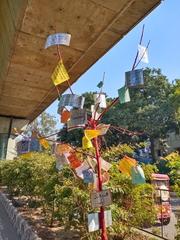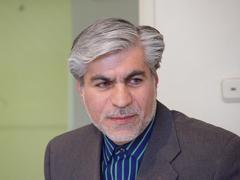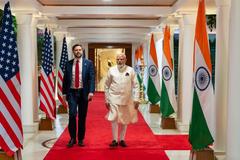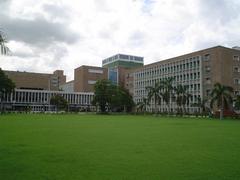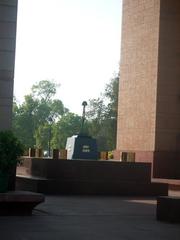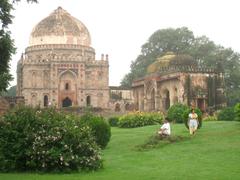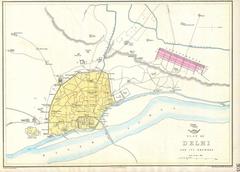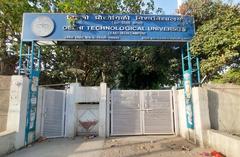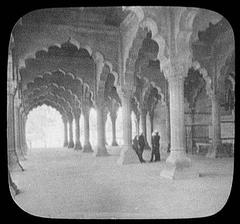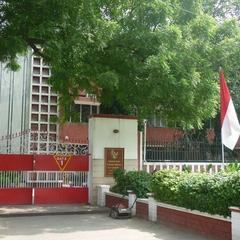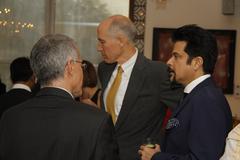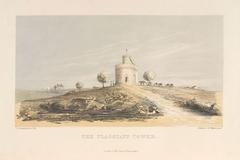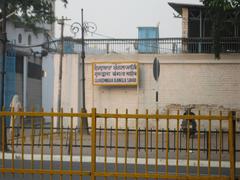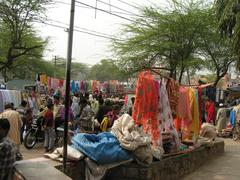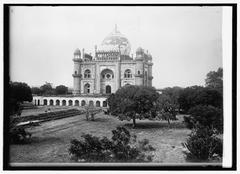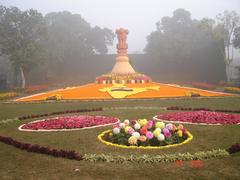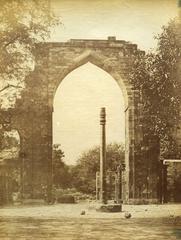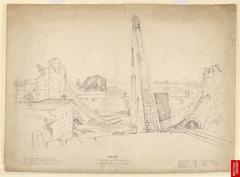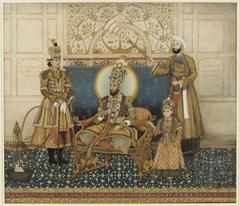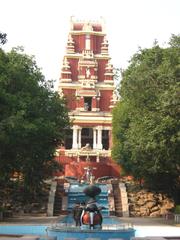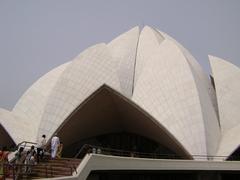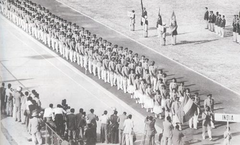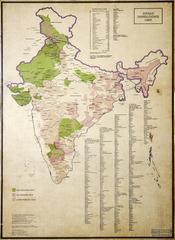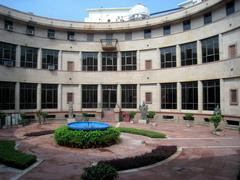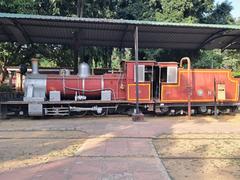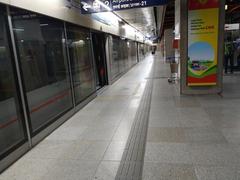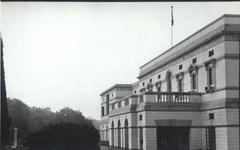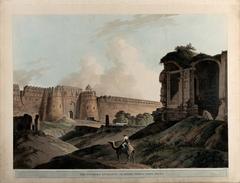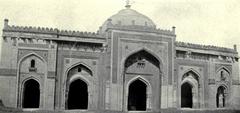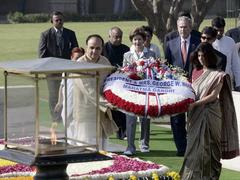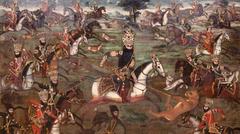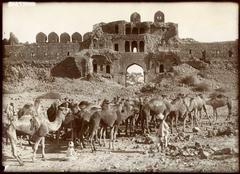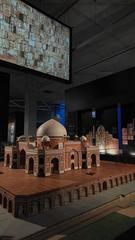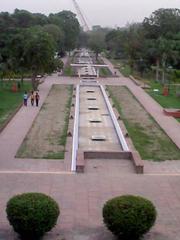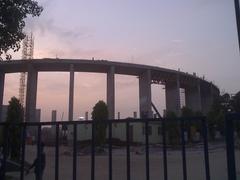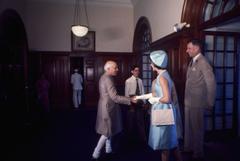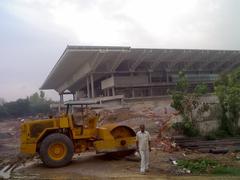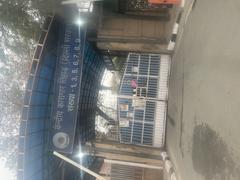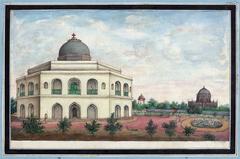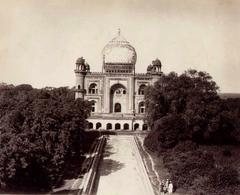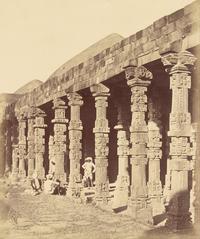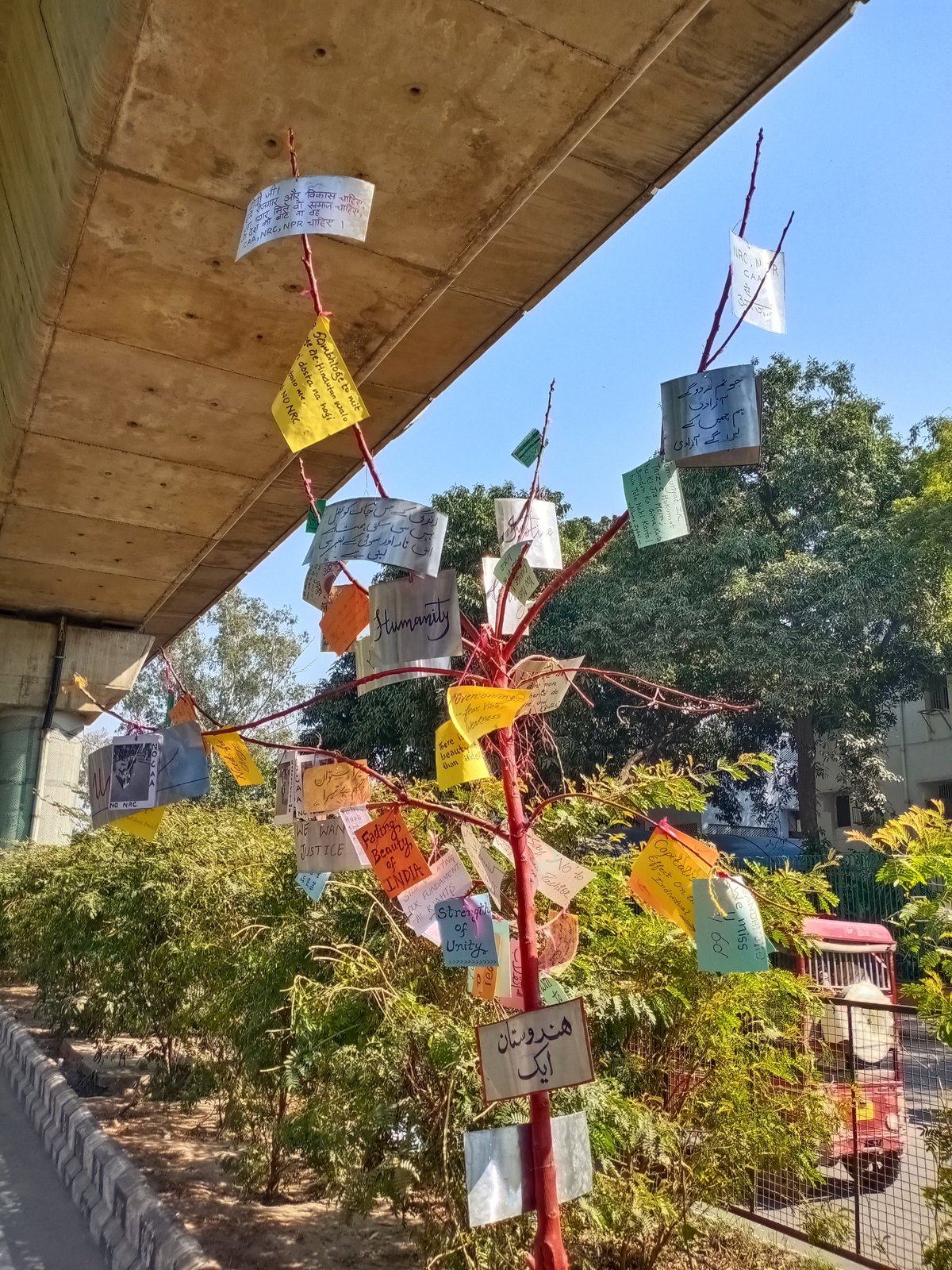
Jamia Millia Islamia Visiting Hours, Tickets, and Historical Significance in New Delhi
Date: 14/06/2025
Introduction
Nestled in the dynamic Okhla area of New Delhi, Jamia Millia Islamia (JMI) stands as a beacon of academic excellence and a testament to India’s historical and cultural legacy. Established in 1920 amidst the fervor of the Indian independence movement, JMI was envisioned as an institution that would embody educational autonomy, social responsibility, and cultural synthesis outside colonial influence. Today, its sprawling campus not only nurtures future leaders but also invites visitors to experience a living chronicle of India’s freedom struggle, architectural splendor, and vibrant campus life (Indiatimes, Academia.edu).
Contents
- Origins and Founding Vision
- Role in the Indian Freedom Struggle
- Campus Evolution and Architectural Heritage
- Cultural and Social Significance
- Visiting Jamia Millia Islamia: Hours, Tickets, and Tips
- Guided Tours and Events
- Accessibility and Facilities
- Travel and Nearby Attractions
- FAQs
- Sources and Useful Links
Origins and Founding Vision
Jamia Millia Islamia was founded in 1920 in Aligarh by nationalist Muslim leaders who, heeding Mahatma Gandhi’s call, sought to create a national institution rooted in India’s traditions and independent of British control. The university’s ethos is encapsulated in Jawaharlal Nehru’s phrase, “the lusty child of the Non-cooperation Movement,” underlining its integral role in the freedom movement (Indiatimes). The university relocated to Delhi in 1925 and settled at its current Okhla campus in 1935 (Colleges18), strategically positioning itself in the heart of India’s capital.
Role in the Indian Freedom Struggle
More than an academic institution, JMI was a crucible for anti-colonial activism. Its founders and faculty played pivotal roles in the independence movement, fostering a tradition of social justice and resistance that continues to shape its identity (Indiatimes). The university anthem and campus culture reflect this enduring commitment to national service.
Campus Evolution and Architectural Heritage
The JMI campus seamlessly blends Indo-Islamic architectural motifs with modern design elements. Landmarks such as the Dr. Zakir Husain Library, Nawab Mansoor Ali Khan Pataudi Sports Complex, and the central mosque exemplify this synthesis, offering visitors an enriching walk through history and innovation (Colleges18). The university’s 320-acre grounds are punctuated with lush gardens, tree-lined avenues, and spaces for cultural gatherings.
Cultural and Social Significance
JMI is a microcosm of India’s pluralism, drawing students from across the country and representing a spectrum of cultures, religions, and communities. The university is celebrated for its inclusive spirit, nation-building initiatives, and contribution to social justice. Its alumni have excelled in fields ranging from politics and academia to the arts (Free Press Journal).
Visiting Jamia Millia Islamia: Hours, Tickets, and Tips
Visiting Hours
- Monday to Saturday: 9:00 AM – 5:30 PM
- Closed: Sundays & Public Holidays (check official website for updates during festivals or special events)
Entry and Tickets
- General Campus Entry: Free of charge; no tickets required for general visits.
- Special Events/Tours: Some events, exhibitions, or guided tours may require advance booking or registration.
- ID Requirement: Carry a valid government-issued photo ID; registration at the main gate may be required.
Guided Tours
Guided tours can be arranged via the Public Relations Office, offering in-depth insights into the university’s history, architecture, and academic contributions. Tours often cover landmarks such as the Dr. Zakir Husain Library, historic administrative blocks, and art galleries.
Accessibility and Facilities
- Wheelchair Access: Most buildings have ramps and elevators; accessible restrooms and parking are available.
- Medical and Security: Campus health center and 24/7 security with CCTV surveillance.
- Restrooms and Refreshments: Clean facilities are distributed across campus; the central canteen and tea stalls offer affordable food and beverages.
Visitor Etiquette
- Dress Code: Modest attire is recommended in keeping with the university’s culture.
- Photography: Allowed outdoors; indoor photography may require permission.
- Prohibited Items: Smoking and alcohol are strictly forbidden on campus.
Travel and Nearby Attractions
Getting There
- Metro: Jamia Millia Islamia Metro Station (Magenta Line) is the most convenient entry point.
- Bus: Multiple DTC bus routes serve the area.
- Car/Taxi: The campus is accessible via Jamia Nagar Road; limited visitor parking is available.
Nearby Attractions
- Okhla Bird Sanctuary: Ideal for nature enthusiasts, just a short drive away.
- Lotus Temple: Iconic Bahá’í House of Worship, ~8 km from JMI.
- Humayun’s Tomb: UNESCO World Heritage Site, ~10 km away.
- Local Markets: Explore Okhla and Jamia Nagar for diverse culinary and shopping experiences.
Campus Highlights for Visitors
- Dr. Zakir Husain Library: One of Delhi’s largest academic libraries, renowned for its architecture and holdings.
- Central Mosque: A tranquil example of Islamic architecture.
- Green Spaces: Well-maintained gardens and walking paths.
- Jamia Book House: Offers books and university merchandise.
- Cultural Venues: Frequent events, exhibitions, and the annual Talimi Mela.
Special Events and Academic Life
JMI’s calendar is filled with festivals, academic workshops, public lectures, and sports events that visitors may attend. The Talimi Mela (Foundation Day festivities, 29–30 October) is a highlight, featuring cultural performances and exhibitions.
Frequently Asked Questions (FAQs)
Q: What are the official visiting hours?
A: 9:00 AM to 5:30 PM, Monday to Saturday; closed on Sundays and public holidays.
Q: Is entry free for visitors?
A: Yes, general entry is free; some events or tours may require registration.
Q: How do I arrange a guided tour?
A: Contact the Public Relations Office in advance to schedule group or special interest tours.
Q: Is the campus accessible for differently-abled visitors?
A: Yes, with ramps, elevators, accessible restrooms, and parking.
Q: What are some nearby places to visit?
A: Okhla Bird Sanctuary, Lotus Temple, Humayun’s Tomb, and local markets.
Useful Links and Further Reading
- Official Jamia Millia Islamia Website
- 101 Years of Jamia Millia Islamia – Indiatimes
- India Arab Cultural Centre – Academia.edu
- Jamia Millia Islamia University New Delhi – Colleges18
- Jamia Millia Islamia News – JagranJosh
- Free Press Journal coverage on JMI
- GuideMeCareer – JMI Details
- Delhi Metro Rail Corporation
Summary and Visitor Tips
Jamia Millia Islamia is not just an academic institution but a living monument to India’s struggle for educational empowerment, cultural harmony, and modern progress. With easily accessible visiting hours, no general entry fee, and a welcoming campus environment, JMI is ideal for history buffs, students, and curious travelers. The university’s commitment to inclusivity and sustainability ensures that all visitors enjoy a comfortable and meaningful experience. For the most rewarding visit, plan to attend during the academic year or cultural festivals, and always consult the official website for the latest updates.
